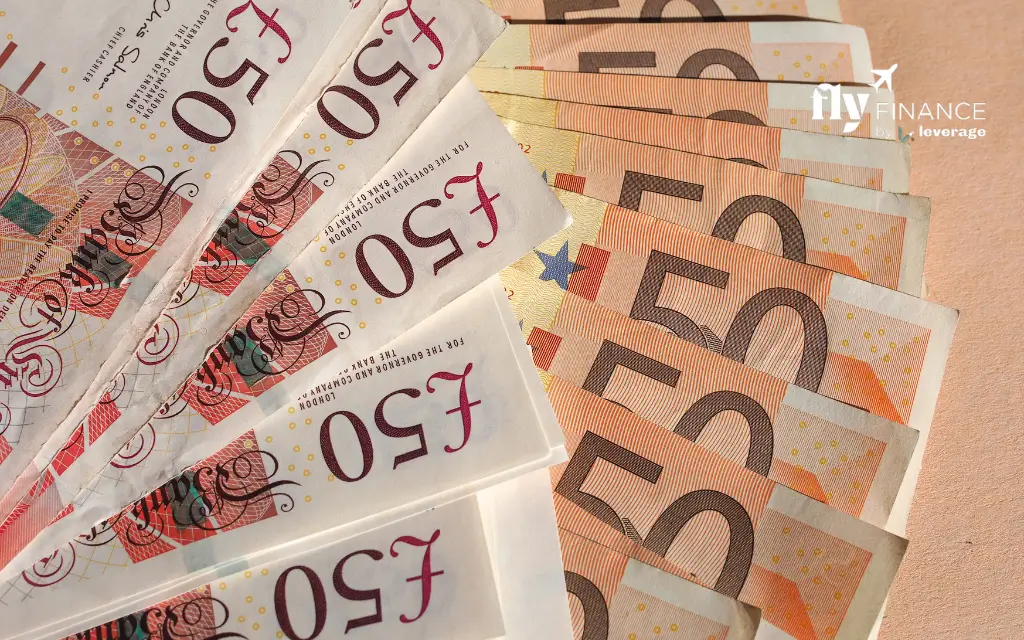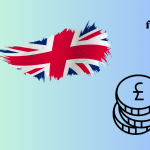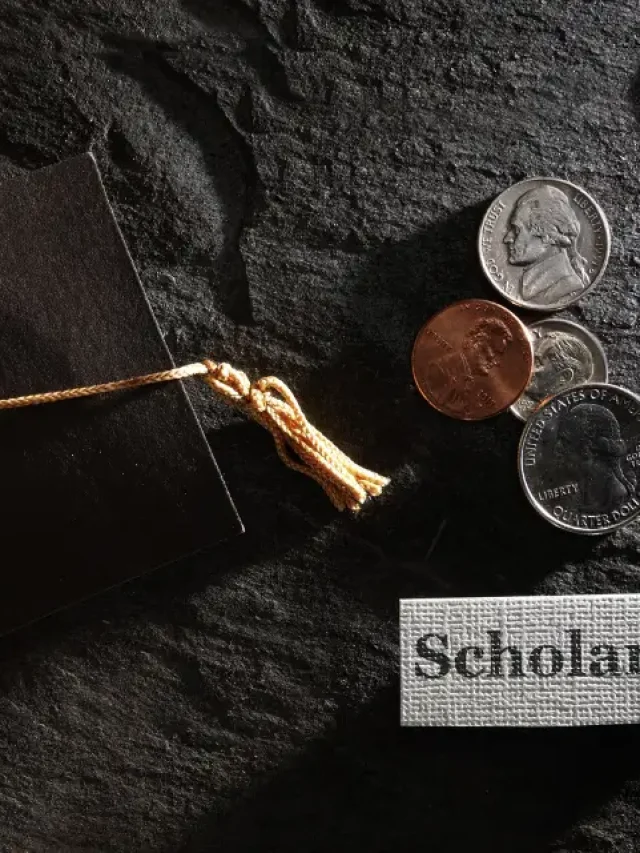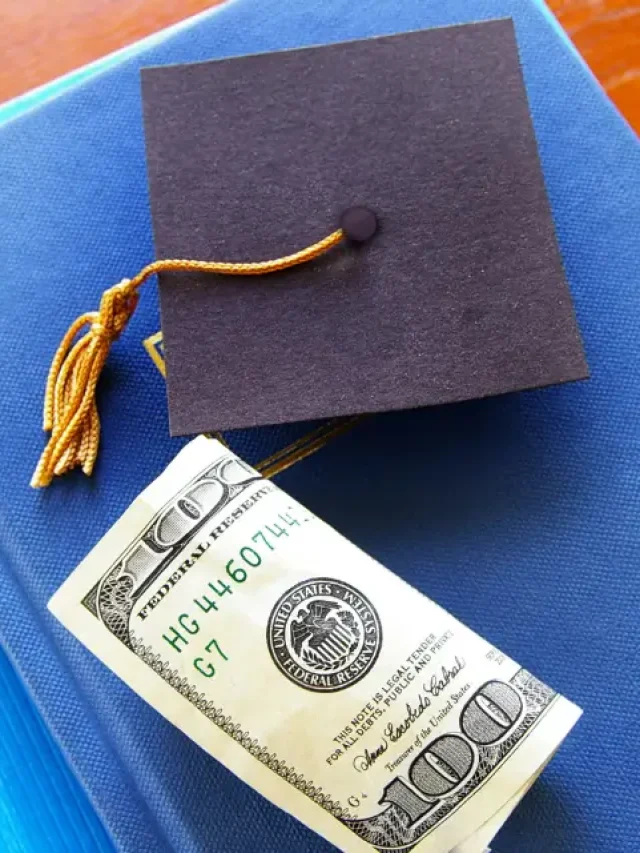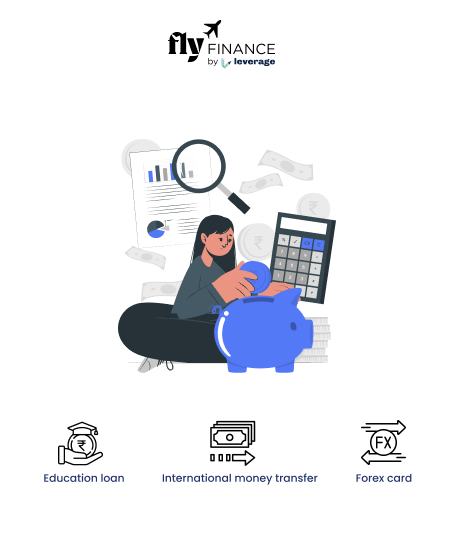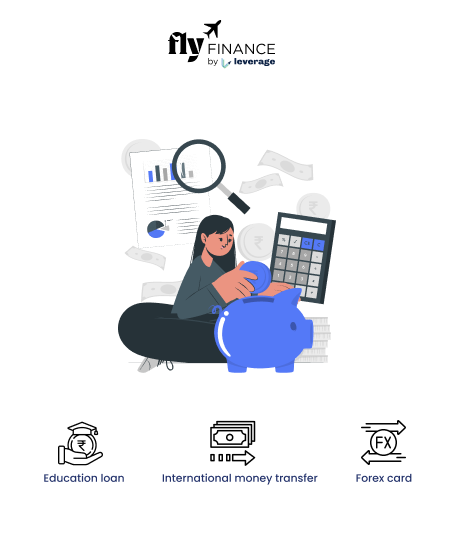Being one of the most stable currencies with top anti-counterfeiting measures, producing a counterfeit 50-pound note is next to impossible. The government is very strict regarding counterfeit currency. Yet, international students and travellers might fall victim to a fake note.
Feeling the raised dots in the top left-hand corner is the best way to distinguish between a counterfeit and a real 50-pound note. Many other security features like hologram stripes, see-through windows, and red and silver foil patches can help you identify counterfeit pound notes. Let’s explore all these ways in this blog.
Table of contents
What is a Counterfeit 50-Pound Note?
A counterfeit 50-pound note is a fake version of a genuine 50-pound banknote. Counterfeiters use modern technology and design to make it look like a real one. However, counterfeit currency lacks authenticity.
These notes are produced illegally and often use advanced printing techniques. All the actual security features of a genuine bill are replicated on the counterfeit pounds. However, when examined carefully, one can easily spot a counterfeit 50-pound note.
Also Read: Check out this blog to know what to do with counterfeit currency in case you suspect fake banknotes.
How Can I Spot a Counterfeit 50-Pound Note?
Counterfeit pound notes can often be identified by checking specific security features. These include watermarks, holograms, microprinting, see-through windows, raised prints, and colour-shifting ink, which are difficult to replicate accurately. You must carefully examine these features on the front side and the back side of the note that will help you spot the counterfeit 50-pound note-
| Features to Look at the Front-side of 50-Pound Note | Features to Look at the Back-side of 50-Pound Note |
| Hologram Strip | Red-Foil Patch |
| See-through Window | Historical Character |
| The Monarch’s Portrait | Quote |
| Raised Dots and Print | Copyright Symbols |
| Silver-foil Patch | Unique Numbering |
10 Ways to Identify a Counterfeit 50-Pound Note
To identify a counterfeit 50-pound note, you can use several security features that are present in genuine notes. Look for security features, such as watermarks, holograms, and micro printing that are present on authentic notes. Similar features can also help you spot a fake 10-pound note.
Paper and Print Quality
Genuine notes are printed on polymer material which is a thin and flexible plastic material. They have clear and sharp prints. Using a magnifying glass will also show microprints of small letters and numbers below the monarch’s portrait.
However, counterfeit notes feel waxy and limp on touching. Besides, the print quality is blurry and smudgy. The micro prints are of poor quality and are usually missing.
Hologram Check
Look for the hologram on the front of the note. Tilt it to see the image change between ‘Fifty and ‘Pounds’. On the front of the note, the two gold foil squares within the window also change between ‘50’ and a ‘£’ symbol when the note is tilted. This feature is difficult to replicate accurately in counterfeit notes.
See-Through Window
Examine the large see-through window on the front of the note. A genuine note will have a clear portrait of the Queen and a metallic image that appears gold and green when viewed correctly. Also, the foil within the window is gold and green on the front and silver on the backside.
The Monarch’s Portrait
The portrait of the Monarch is printed on the King Charles III pound note. Similarly, the portrait of Queen Elizabeth is printed on the Queen Elizabeth II note. Hold the note up to the light to see a watermark of the Queen’s portrait. This should be visible and clear, not blurred or faded.
Raised Dots and Print
Feel for raised print on the note, particularly on the words ‘Bank of England’ and in the bottom right corner. Genuine notes have a distinct texture due to this feature. Additionally, there are four clusters of raised dots in the top left-hand corner to help blind and partially sighted people identify the value of the note.
Silver-Foil Patch
It is another important security feature that helps you identify a real and fake 50-pound note. It is located above the see-through window on the front of the note which contains a 3D image of the coronation crown.
Also Read: Know all about Zero Forex Markup Credit Cards for students. Explore the top 5 credit cards that have zero international transaction fees.
Red-Foil Patch
Look for a red foil patch with the initials ‘AT’ on the back side of the note. It’s located directly opposite the silver crown on the front.
Security Thread
Check for a security thread embedded in the paper, which appears as a continuous dark line when held up to light. This thread is metallic and cannot be easily replicated. Also, in a counterfeit 50-pound note, it will be printed and not embedded.
Serial Numbers
Ensure that each note has a unique serial number. If two notes share the same serial number, at least one is counterfeit. However, with so many notes in circulation, it is difficult to match the serial number.
Instead, you can see if the numbers and letters are of the same colour and height in the vertical line on the back of the note. If the serial number is horizontal, it should be multicoloured and increase height from left to right in a genuine bill. If not, it’s likely a counterfeit 50-pound note.
UV Light Test
Under UV light, genuine notes will show specific features highlighted in bright colours against a dull background. Counterfeit pounds may not exhibit these characteristics. If the number ‘50’ doesn’t appear in bright red and green on the front of the note against a dull background under the UV light, it is a counterfeit 50-pound note.
Other signs like the size of the fifty-pound note (146mm x 77mm) may vary if it’s a counterfeit pound. You may also look for copyright symbols on the front and back of the note, below the ‘Fifty Pounds’ text.
To know more about currencies, forex, education loans, the best bank accounts for students banking experience for global students or international money transfers, reach out to our experts at 1800572126 to help ease your study abroad experience.
FAQs
A counterfeit 50-pound note is a fake version of a genuine banknote, created to deceive people into thinking it is real.
Counterfeit 50-pound notes are relatively rare due to advanced security features, but they can still circulate, especially in certain regions. International students and travellers are more prone to receive counterfeit notes as they are used at tourist spots.
Check for the hologram, see-through window, watermark, raised print, and security thread to verify authenticity. Other features like microprinting, UV light number 50, and serial numbers can help you spot a fake pound note.
Under UV light, genuine 50-pound notes will show specific features highlighted in bright colours. They appear in bright red and green.
Using or distributing counterfeit money is illegal and can result in severe penalties, including fines and imprisonment.

